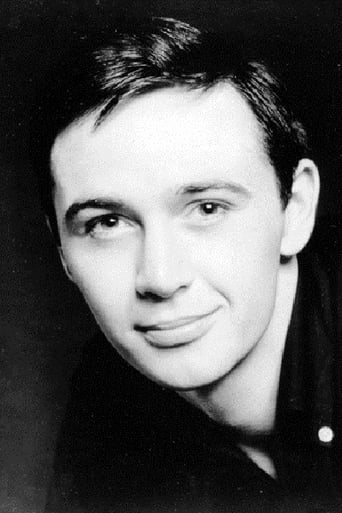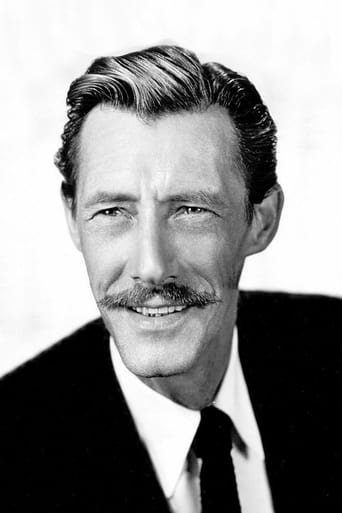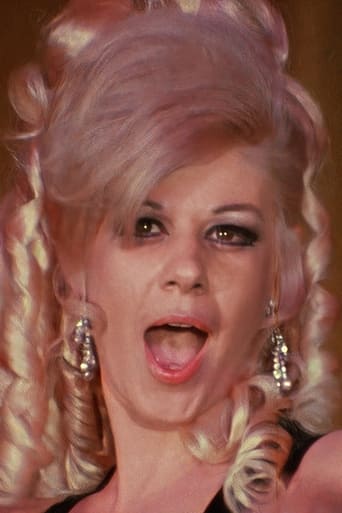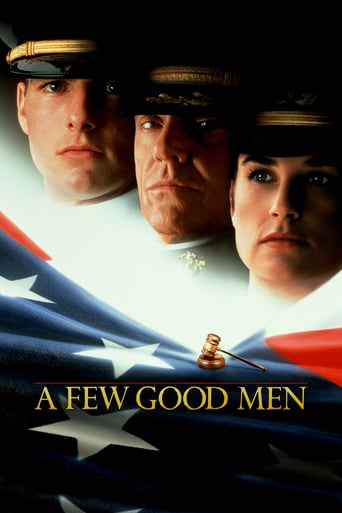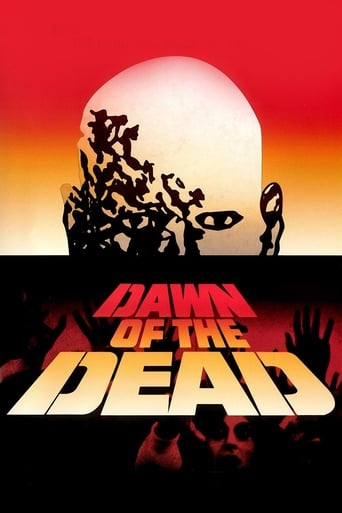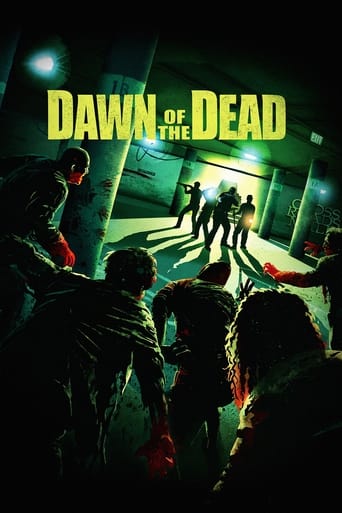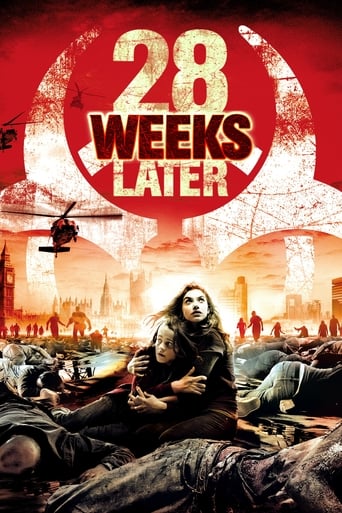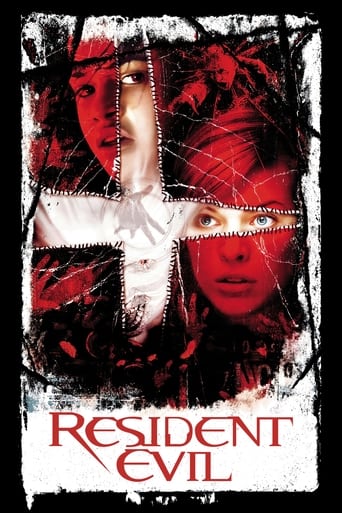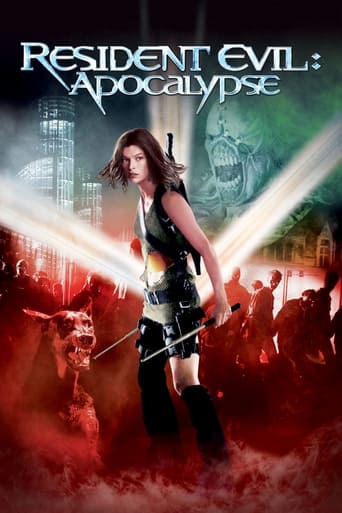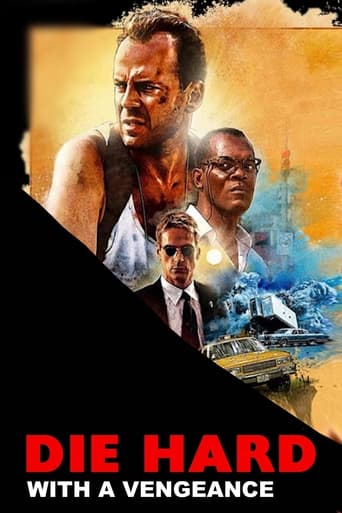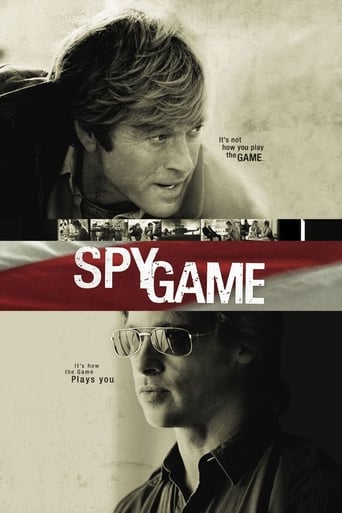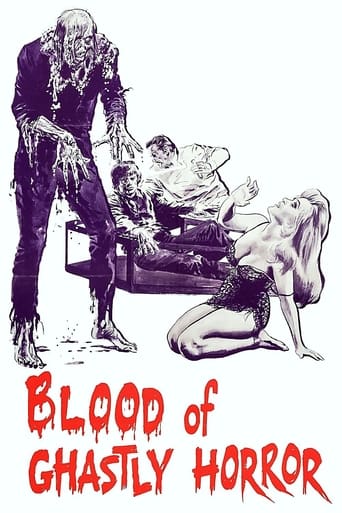

Blood Of Ghastly Horror (1967)
A mad scientist implants an electronic device into the brain of an injured soldier, which turns him into a psychotic killer.
Watch Trailer
Cast


Similar titles
Reviews
When you've reviewed a hundred or so movies, you find there really isn't much to say about the ones you love and that picking apart the ones you loathe is just tiresome. What remains interesting is how a film that isn't "good" in any objective sense can light a spark in your imagination. For me, "Blood of Ghastly Horror" (which I first saw as "Man with the Synthetic Brain" on cable TV in the 1980s) is one of those films. It's been noted elsewhere that "BGH" is a patchwork effort and that its seams are painfully visible, so I won't belabor that point. (It's true, of course, but has nothing to do with what fascinates me about this movie.) I will say that what I consider surprisingly profound about such a cheap drive-in horror flick crops up in both the "Psycho A-Go-Go" scenes shot in 1965 and the darker, grimier footage from 1972--which might or might not say something about the themes that preoccupied director Al Adamson over the years. Was he interested in Schopenhauer or Beckett? I have no idea, but there are two scenes in this film that touch on something other than the customary monster-menaces-pretty-girl fare of the genre. The first is the confrontation between Roy Morton and John Carradine. Morton's character was badly wounded in Vietnam, and Carradine's character--a doctor--performed a series of radical electrical experiments to rescue Morton from a vegetative state. He can walk and talk and feed himself again, but the experiments have also turned him into a homicidal maniac. "Who were you to play God with my life?!" Morton roars at Carradine (before killing him) in one of the most jarringly realistic exchanges of dialogue in any horror film. It's played totally straight, not for melodrama as it might be in a Frankenstein flick, and it works. The second scene doesn't arrive until the end of the movie, and it's more difficult to describe what makes it work, but I'll try. The 1972 footage looks dirty and low-rent even by Al Adamson standards, but in my opinion this worked to his advantage. As "BGH" winds down, Akro (Richard Smedley)--a reanimated corpse who performs strongarm duties for a mad scientist--learns that his days are numbered. All that remains of the formula which prevents him from decomposing are a few drops, and his master has just thrown the vial containing those drops against the wall in a fit of pique. Akro kills the scientist and then collapses, dragging himself across the floor in an attempt to lap up some of the formula. He knows it's futile, and yet...wouldn't any of us do the same thing in his place? Slowly, painfully, Akro reaches the wall against which the vial has shattered, extending his hand to catch what's left of the precious liquid. He brings his fingers to his lips, sucks at them, and dies. The scene plays out to the sound of Regina Carrol's despairing screams and a starkly urgent Harry Lubin cue (kettle drums and strings), and it's difficult for me to believe that Adamson didn't know precisely what he was doing when he staged it. These two bizarrely thoughtful moments won't be enough to make most viewers wade through what is undeniably a poor film. (Many would even argue that there is no deliberate philosophical reflection in these scenes, to which I would respond that such ruminations were turning up in unexpected quarters at the time "BGH" was made...even in hardcore porn films like "The Devil in Miss Jones".) Fair enough. But they've made me a compulsive watcher of "Blood of Ghastly Horror" for almost thirty years.
"Blood of Ghastly Horror" first began life as an unreleased Al Adamson heist feature from 1964 titled "Echo of Terror," then with new footage of go-go dancers and a brutal stabbing slipped out from Hemisphere Pictures in 1965 as "Psycho A-Go-Go" (not to be confused with "Two Tickets to Terror," in reality a rerelease title for 1961's "Half Way to Hell"). Adamson shot new footage of John Carradine in 1966, resulting in a second release, as "Fiend with the Electronic Brain," playing in selected Southern states as early as Dec 1967, courtesy David L. Hewitt's American General Pictures. By 1969, still more footage was shot, with Kent Taylor and Regina Carrol (Mrs. Al Adamson), and still later Tommy Kirk, resulting in what producer Samuel M. Sherman accurately described as an 'interesting editing exercise.' The finished (?) product was issued in 1972 by Sherman's Independent-International Pictures Corporation, simultaneously playing on television under yet another new title, "Man with the Synthetic Brain." Only a devotee of outright schlock could really appreciate what remains, provided they possess the knowledge of its convoluted backstory. We begin with a zombie-like creature named Akro (Richard Smedley) committing several murders, switching gears to a police investigation conducted by Sgt. Cross (Tommy Kirk), relating the background on Dr. Howard Vanard (John Carradine, entering at the 17 minute mark), who had implanted an 'artificial brain component' into almost dead Vietnam veteran Joe Corey (Roy Morton). He succeeded in saving Corey's life, but turned him into a homicidal maniac, later avenging himself on the remorseful Vanard by strapping him into his own device and electrocuting him (at the 37 minutes mark). Sgt. Cross now follows the trail of Dr. Elton Corey (Kent Taylor), father of the dead Joe Corey, who uses his voodoo powers to create the hideous Akro, seeking vengeance now against Dr. Vanard's daughter Susan (Regina Carrol), with most of the final half hour consisting of the original unissued heist footage, and Joe Corey's high altitude pursuit of stolen diamonds. As a director, Al Adamson displays a casual disregard for narrative competence, coupled with an inability to even focus the camera in the right direction, often leaving the performers off screen as they spoke. John Carradine is the biggest name in the cast, and is accorded top billing over Kent Taylor, who only enters at the halfway point, once Carradine's bespectacled scientist bites the dust. Tommy Kirk is the other veteran actor, not what one would expect for a solemn police sergeant, but as the only actor to work with both Al Adamson and Larry Buchanan ("Mars Needs Women," "It's Alive!"), deserves a measure of respect for surviving such highs and lows in a screen career soon to fade. "Blood of Ghastly Horror" is undeniably a bad film, but "Horror of the Blood Monsters" reached a new low even for Al Adamson. Pittsburgh's Chiller Theater aired this film once, July 23 1977, paired with second feature "The Black Cat" (1941).
You really get 2 bad films for the price of one.Its obvious the producers put 2 turkeys together to get one dead fish. If you see this film you may never go back to the video store again,feeling cheated and ripped off.
Like horror has blood. A tossed salad of scenes whose relationship makes only a klutzy kind of sense. Combine this with the worst directing, photography, sound effects, and music imaginable and you have some idea what you're in for. Night scenes too dark to see the characters. A woman screams but no sound comes out -- they forgot to add it. A zombie wraps his arm around someone and they scream and fall dead to the ground. A man being shot grabs his chest before the gun goes off. Or how about the score -- a psychotic killer is chasing a woman and her child with intent to kill, accompanied by swinging jazz. This chase scene incidentally is most of the movie, or seems like it, killer running, woman and child running, killer, woman, on and on ... Zombies and mad scientist plot elements are stuck onto it with spit and string. To say this is a cheesy horror film is to be generous. Someone said it had never been used on MST3K -- that's probably because they'd be putting more work into ridiculing it than the filmmakers did in making it.


